Throughout history, artists have created Memento Mori artworks to remind us of life’s fleeting nature and the certainty of death. These pieces, whether painted on canvas, carved in stone, or expressed through vanitas still life, speak to the universal truth that earthly pleasures are temporary. From Renaissance paintings filled with symbolic skulls to contemporary digital designs, every work carries a message urging reflection. They encourage us to live with awareness, humility, and purpose. By exploring these powerful mortality reminders, we uncover how different cultures interpreted death not as an end, but as a profound guide toward meaning.
Memento mori artworks have long fascinated artists and audiences alike, transforming death from a grim finality into a source of profound reflection and visual poetry. Across centuries, painters, sculptors, and illustrators have used symbolic imagery—from skulls to hourglasses—to remind us that life is fleeting. These haunting masterpieces speak to the human condition, encouraging viewers to find beauty in impermanence. Rooted in religious art and later evolving into secular themes, memento mori art continues to resonate in today’s culture. In this article, we explore 25 striking examples that reveal how mortality symbolism can inspire not fear, but awareness, meaning, and reverence for the precious gift of life.
Death has always been a subject that both fascinates and terrifies us. Artists through the centuries have tried to capture this truth in their work, creating memento mori art that reminds us that life is fragile and death comes for everyone. The phrase “memento mori” is Latin for “remember you must die”, a powerful saying that shaped entire movements of Western European art, especially between the mid-14th to mid-17th centuries.
These works are not only about death imagery and darkness. They also celebrate life by showing how short and precious it is. A skull, an extinguished candle, or a bunch of wilting flowers are not only symbols of death but also symbols of time, beauty, and the fleeting nature of pleasure. In this article, we will explore 25 memento mori paintings and artworks that reflect on mortality themes, their meaning, and why they still matter today.
What is Memento Mori Art? Understanding Death’s Artistic Legacy
Ever wondered why skulls mesmerize us in art galleries? Memento mori literally means “remember you must die” in Latin. This powerful motif in art emerged from humanity’s deepest philosophical questions about existence. Artists use death symbolism to remind viewers that life remains precious precisely because it’s temporary. The tradition transforms mortality themes into visual poetry that speaks across centuries.
In art history, memento mori imagery is one of the oldest and most powerful motifs. The idea goes back to the Roman Empire, when generals returning from victory parades were reminded by a servant whispering “remember you must die.” Later, this concept grew strong in medieval painting art and in Renaissance vanitas paintings, where skulls, bones and skeletal imagery, tombs and coffins, and decomposition imagery appeared often.
The tradition continued into baroque paintings, religious frescoes, and still life paintings that filled churches, homes, and even illuminated manuscripts. Common memento mori motifs included skulls and skeletons, hourglasses, soap bubbles, and even animated corpses in scenes of the Dance of Death. These works were both spiritual and practical. They reminded the faithful to repent, the proud to be humble, and all people that earthly bodies are fleeting.
Why Memento Mori Art Still Matters Today ?
Even though many of these artworks were created centuries ago, the memento mori theme is still alive. In today’s world, where speed and distraction dominate, people are turning again to stoic reflections and meditation on death. Artists, writers, and philosophers see death not as something to fear but as a guide to living more mindfully.
Modern culture has brought contemporary memento mori into tattoos, photography, and even digital art. The powerful motif in art now appears on Instagram as much as it once did in church decorations. This shows us that the mortality reminder is timeless. As Seneca wrote, “It is not that we have a short time to live, but that we waste much of it.”
25 Stunning Memento Mori Artworks to Inspire Reflection
These Memento Mori Artworks remind us that life is fleeting and time is precious. Each piece—whether a Renaissance painting, modern sculpture, or digital creation—offers a powerful meditation on mortality. Let’s explore 25 remarkable works that continue to shape how we perceive death, memory, and meaning.
1. The Ambassadors (1533) – Hans Holbein the Younger
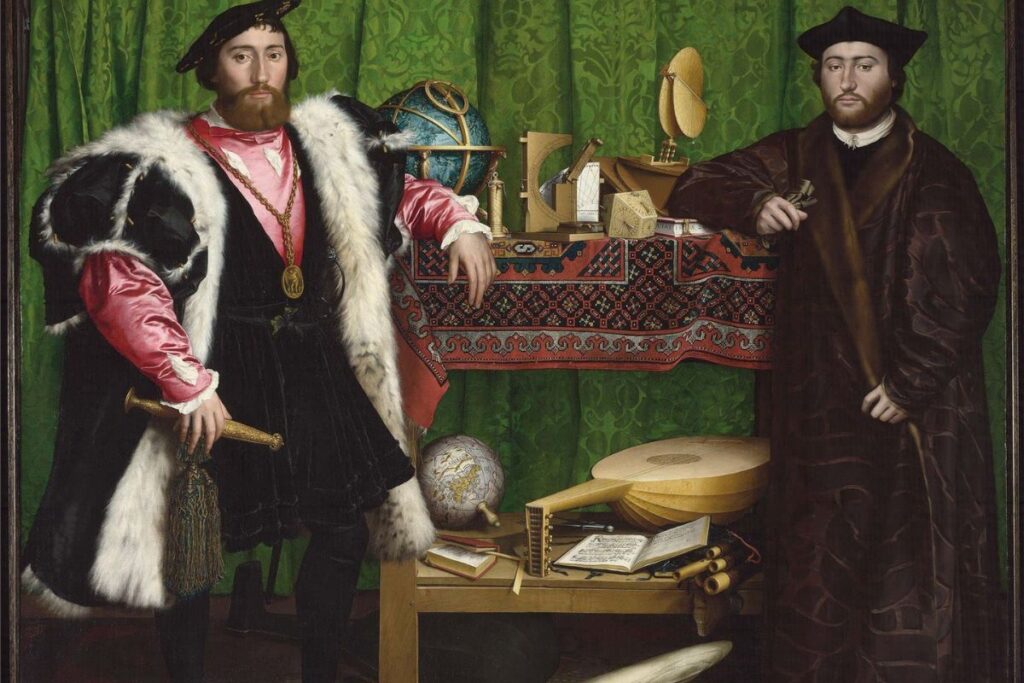
- Visual description: Two noblemen stand beside globes, instruments, and books with a distorted skull hidden in plain sight.
- Symbolism: The stretched skull is a reminder of mortality amid wealth and knowledge.
- Modern relevance: It shows how illusion and perspective alter our grasp of death.
2. Still Life with a Skull and a Writing Quill (1628) – Pieter Claesz
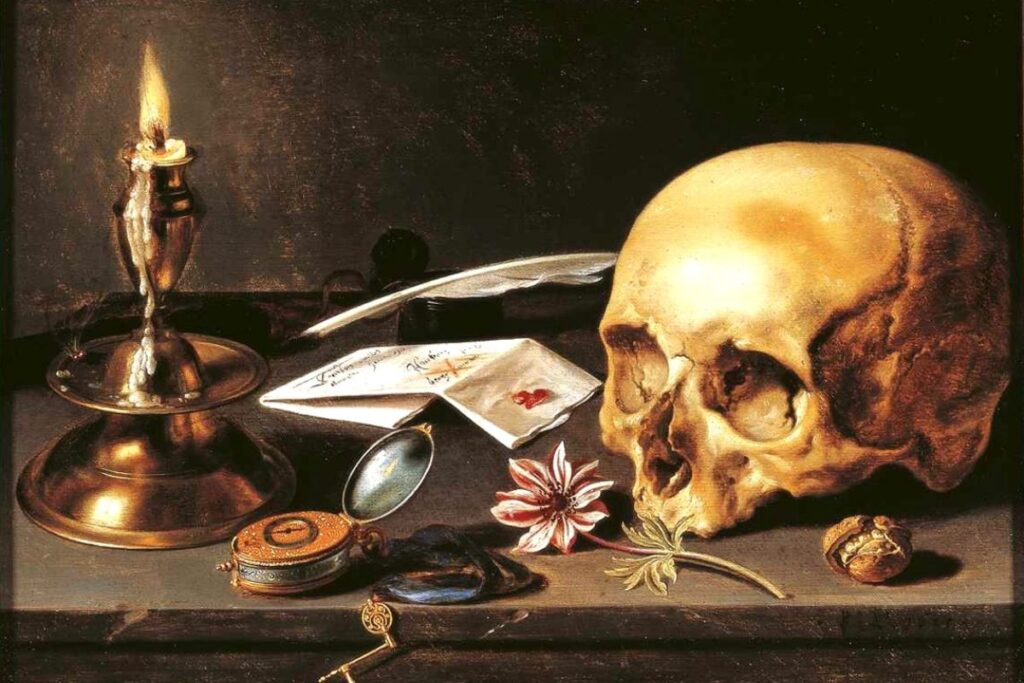
- Visual description: A dim table scene with a skull, feather pen, and scattered papers.
- Symbolism: The skull beside the quill warns how life’s stories end in silence.
- Modern relevance: Artists still echo this vanitas tradition to question creativity’s impermanence.
3. Vanitas Still Life (1630s) – Harmen Steenwijck
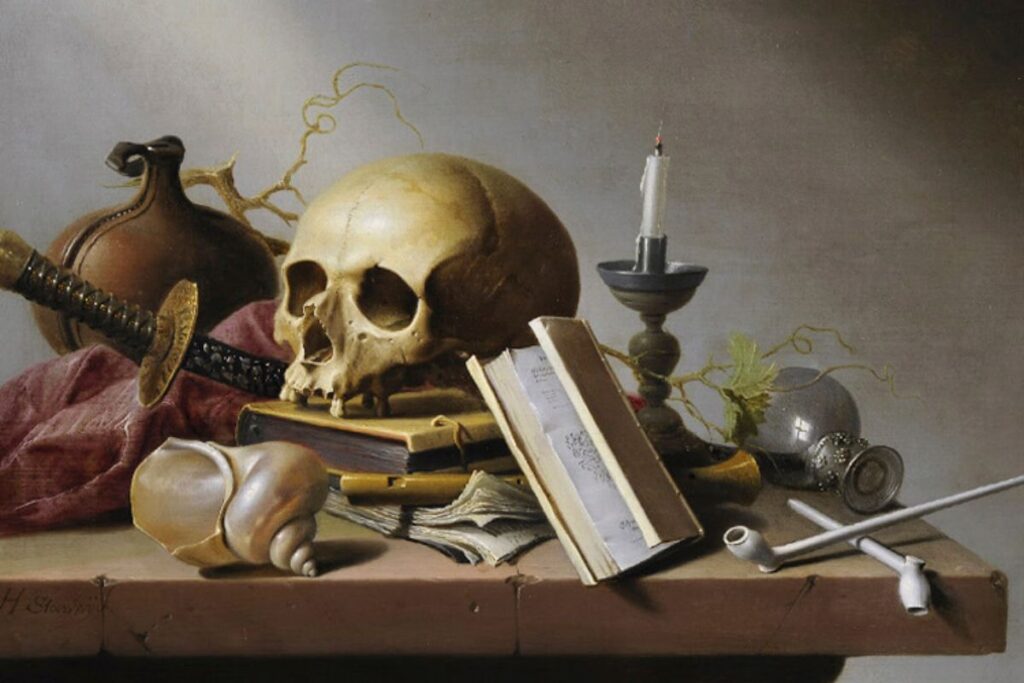
- Visual description: An ornate still life with a skull, books, lute, and extinguished lamp.
- Symbolism: The instruments and lamp speak of joy and knowledge cut short.
- Modern relevance: Materialism vs mortality remains a universal debate, echoing in today’s culture.
4. The Triumph of Death (1562) – Pieter Bruegel the Elder
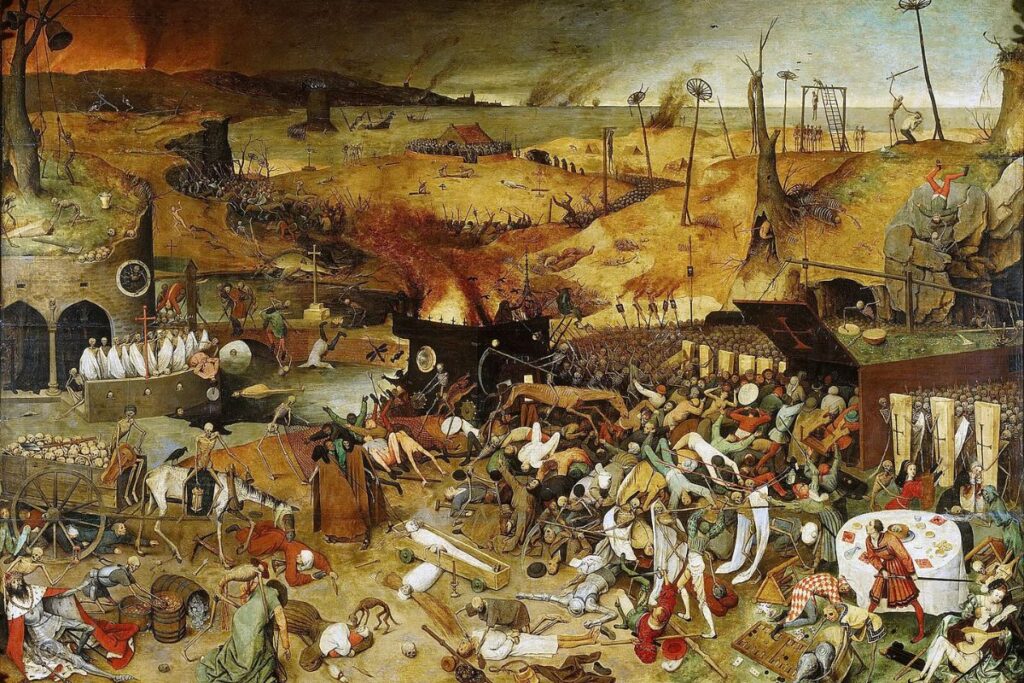
- Visual description: A vast, apocalyptic scene of skeleton armies destroying a kingdom.
- Symbolism: Death spares no one—rich, poor, soldier, or priest.
- Modern relevance: Its grim realism mirrors war and disaster, warning societies of fragile existence.
5. The Dance of Death (1493) – Michael Wolgemut

- Visual description: Woodcut prints showing skeletons pulling kings, knights, and peasants to dance.
- Symbolism: Death unites all, mocking the illusion of class or power.
- Modern relevance: The “Danse Macabre” idea reappears in modern media, music, and tattoos.
6. Vanitas Still Life with Books (1625) – Jan Davidsz de Heem
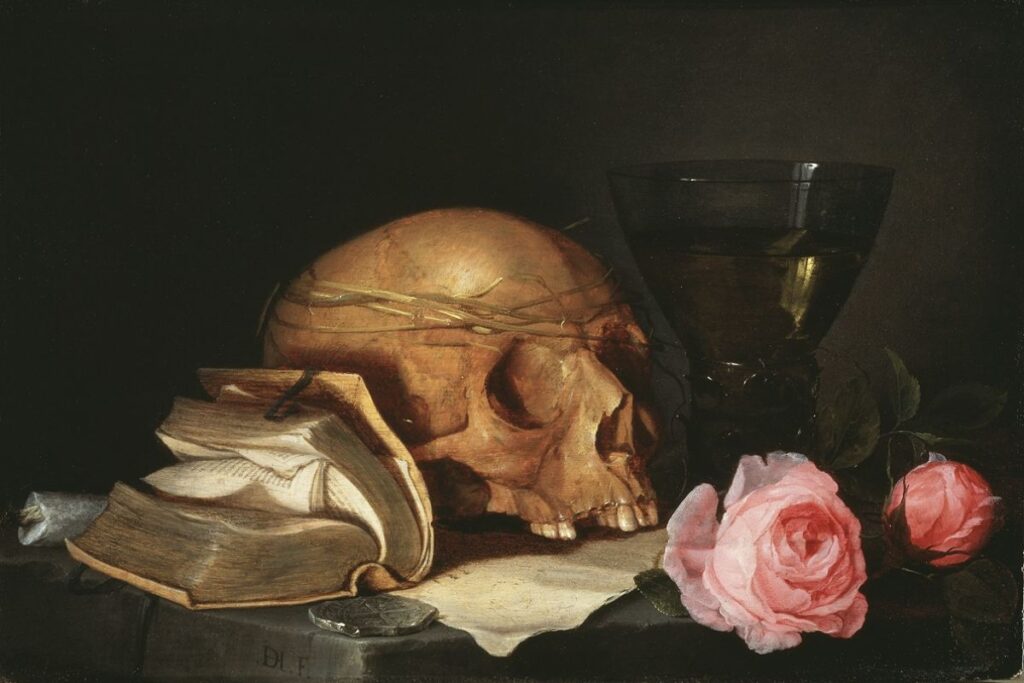
- Visual description: Books lie stacked beside a skull, wilting flowers, and blown-out candle.
- Symbolism: Knowledge fades as life’s light extinguishes.
- Modern relevance: A striking critique of our obsession with intellectual immortality.
7. Memento Mori (1850) – Unknown Victorian Artist
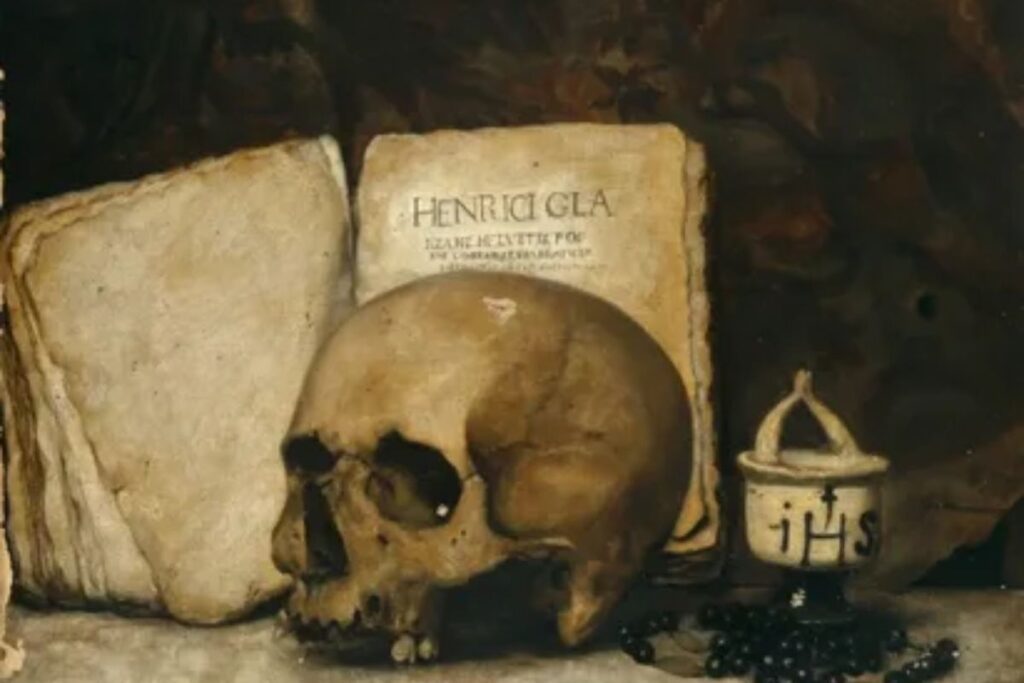
- Visual description: A sepia photograph of a deceased child, posed as if still alive.
- Symbolism: Photography made memory immortal yet haunting.
- Modern relevance: Victorian mourning rituals influenced today’s fascination with posthumous art.
8. The Vanitas Still Life (1660) – Adriaen van Utrecht
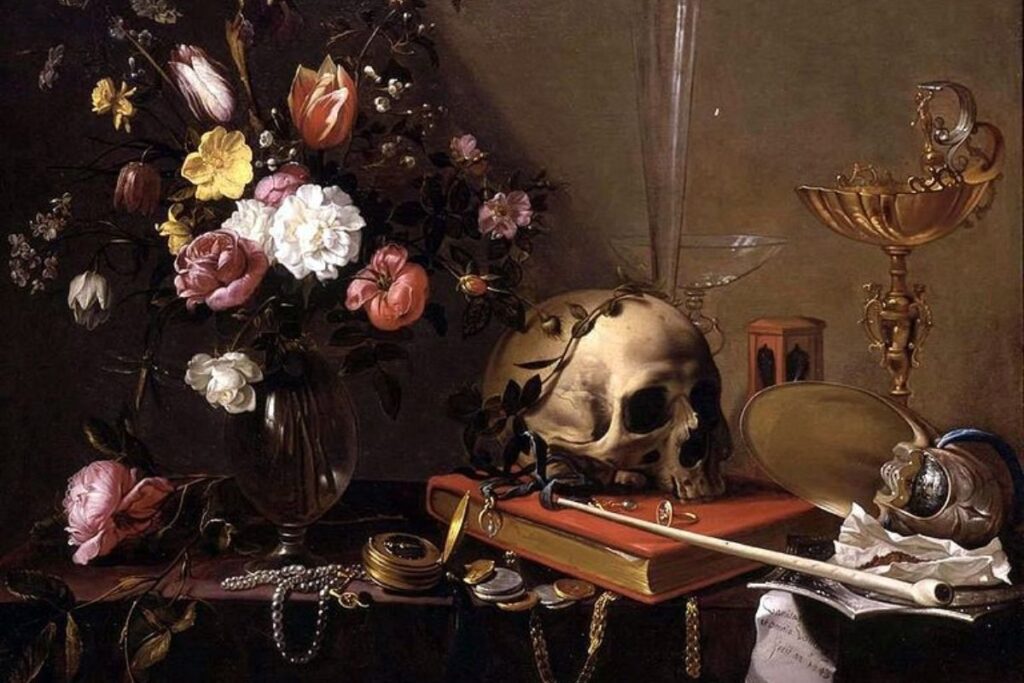
- Visual description: A crowded banquet table with lobsters, goblets, and a skull in shadow.
- Symbolism: Earthly pleasures are fleeting, overshadowed by death.
- Modern relevance: Consumerism today mirrors the same fragile indulgences.
9. Self-Portrait with a Skull (1900s) – Edvard Munch
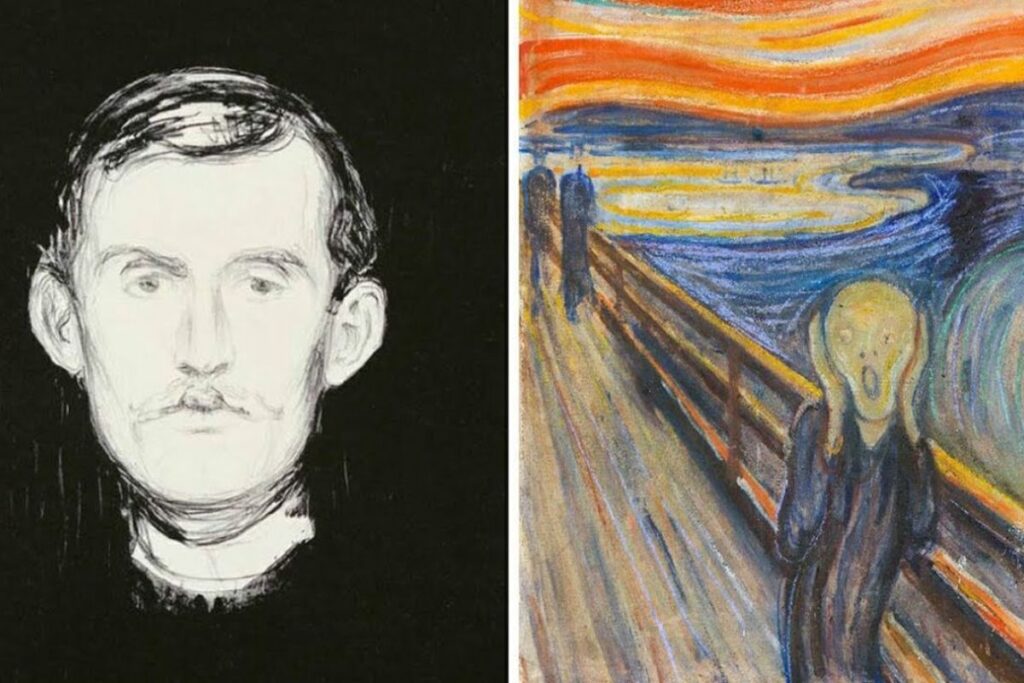
- Visual description: Munch gazes hollow-eyed beside a painted skull.
- Symbolism: His struggle with mortality and illness seeps into every stroke.
- Modern relevance: It resonates with mental health dialogues in contemporary art.
10. Skull of a Skeleton with Burning Cigarette (1885–86) – Vincent van Gogh

- Visual description: A smoking skeleton painted in rough, expressive brushstrokes.
- Symbolism: Mocking death and highlighting self-destruction.
- Modern relevance: A favorite in pop culture for its mix of humor and morbidity.
11. Death and Life (1910–15) – Gustav Klimt
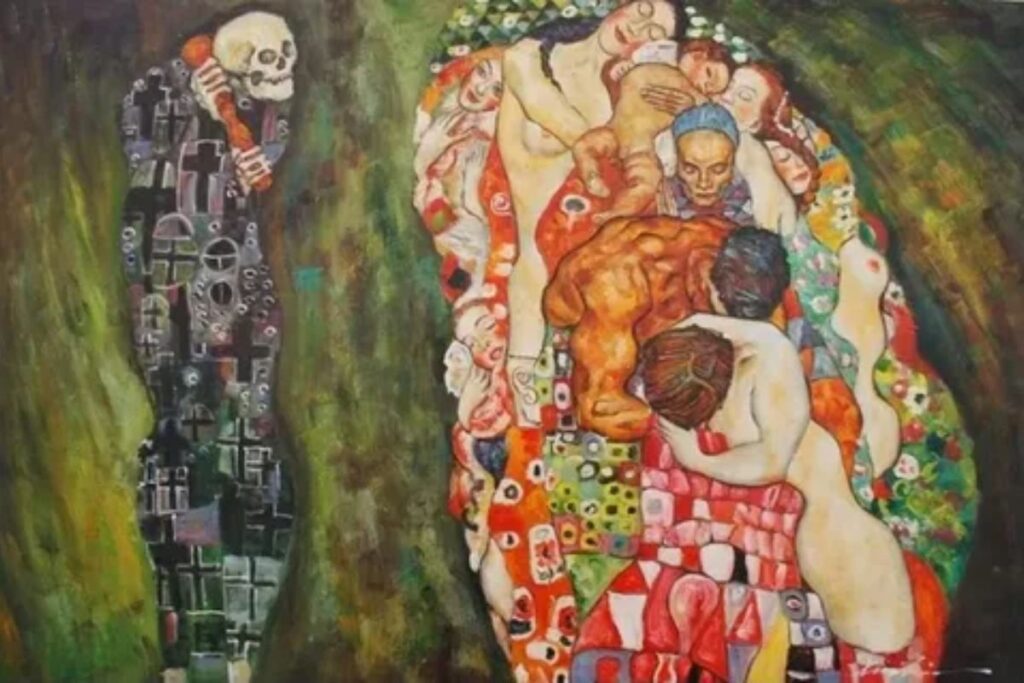
- Visual description: Bright, ornamented figures of life huddled together as Death looms.
- Symbolism: Beauty stands beside inevitable darkness.
- Modern relevance: Its contrast of vitality and mortality inspires reflection in today’s audiences.
12. Skull of Zurbarán (1635) – Francisco de Zurbarán
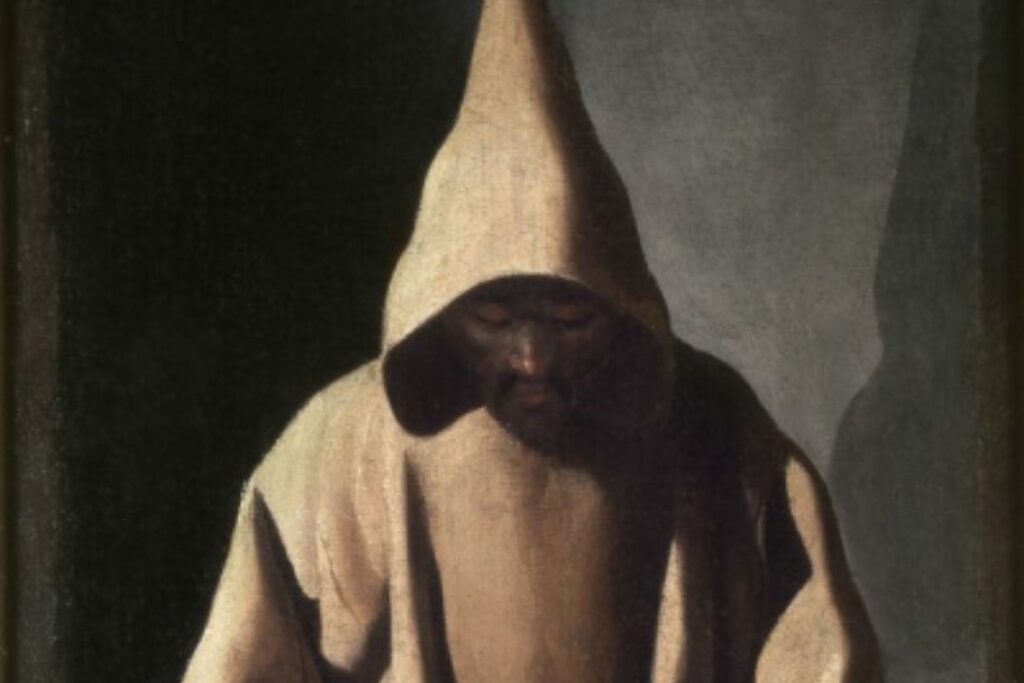
- Visual description: A single skull rests on a wooden ledge, plain yet commanding.
- Symbolism: Its stillness represents quiet finality.
- Modern relevance: The minimalist style prefigures modern photography and design.
13. Study of a Skull (1885) – Paul Cézanne
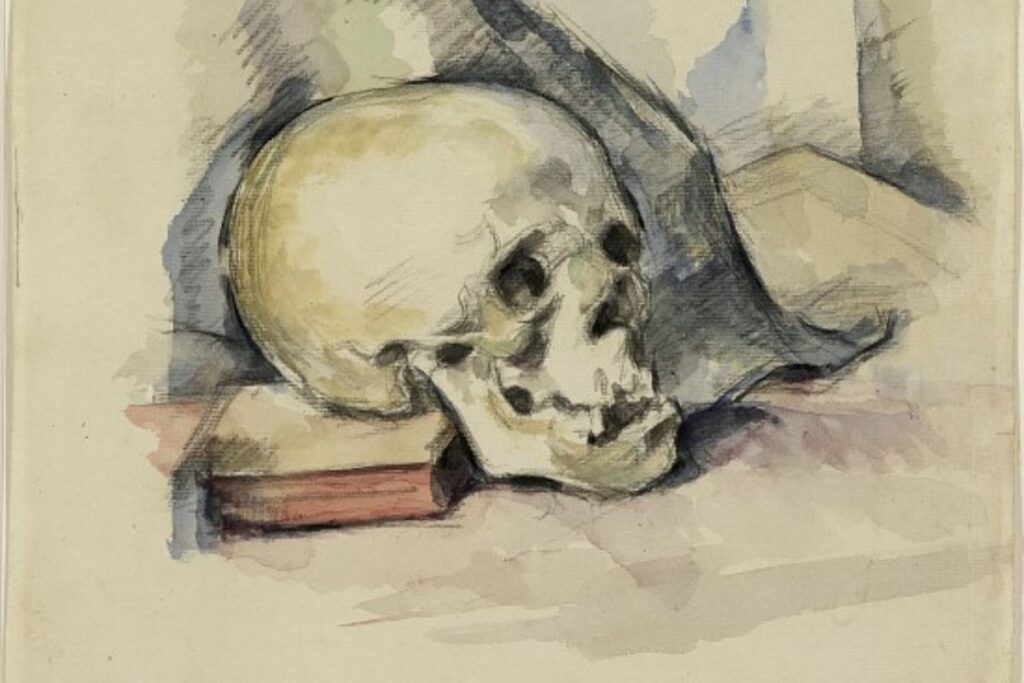
- Visual description: Loose, experimental brushstrokes study the form of a skull.
- Symbolism: Shows death as an object of inquiry, not fear.
- Modern relevance: Reflects modern artists’ scientific curiosity about mortality.
14. Allegory of Vanity (1650) – Antonio de Pereda

- Visual description: A richly cluttered canvas with jewels, armor, books, and skull.
- Symbolism: Power and beauty bow before time’s decay.
- Modern relevance: Echoes in debates about fame and impermanence.
15. The Young Martyr (1855) – Paul Delaroche
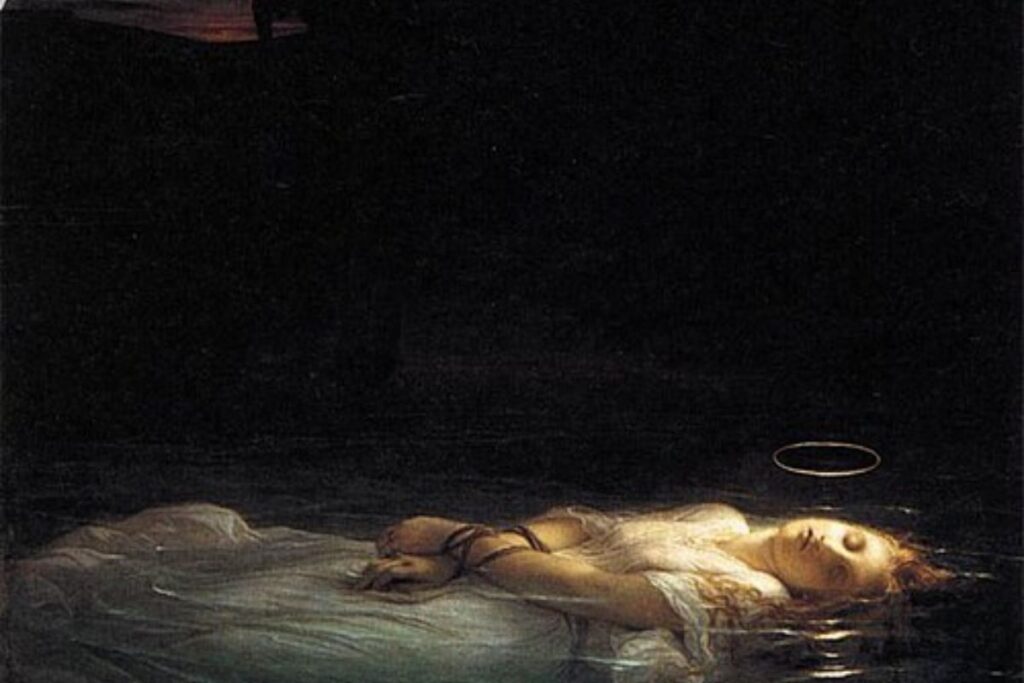
- Visual description: A serene young woman floats dead in water, halo glowing faintly.
- Symbolism: A meditation on sacrifice and spiritual transcendence.
- Modern relevance: It influenced modern depictions of martyrdom and cinematic visuals.
16. Vanitas Still Life (1645) – Simon Renard de Saint-André
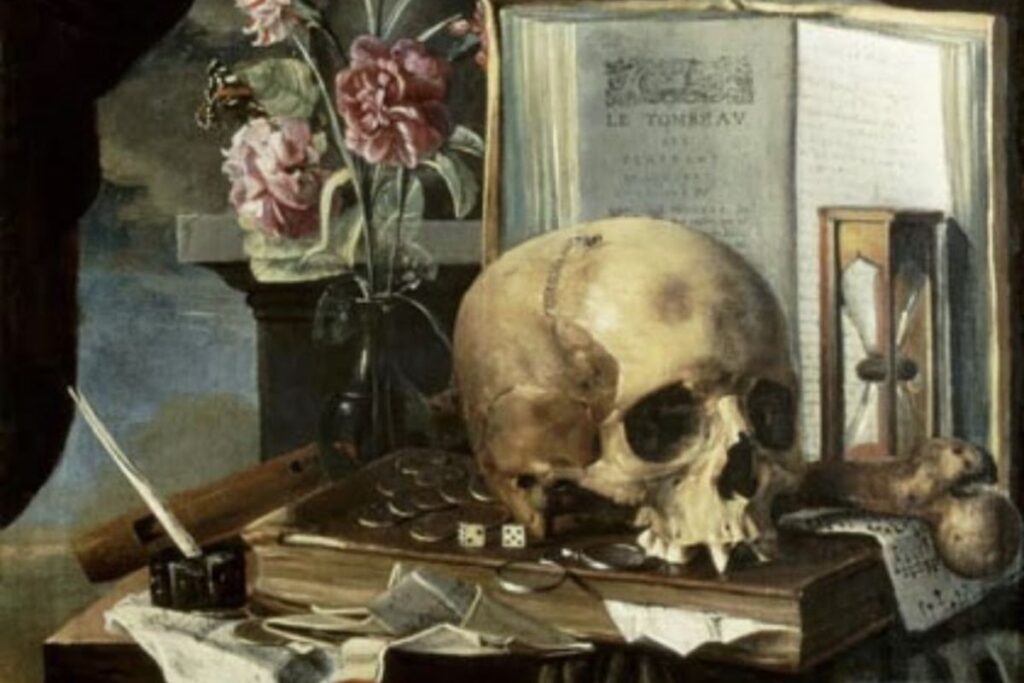
- Visual description: Musical instruments, skull, and extinguished lamp painted in rich detail.
- Symbolism: Pleasures of art and sound vanish into silence and dust.
- Modern relevance: Reminds creators of the temporary nature of expression.
17. Skulls (1976) – Andy Warhol
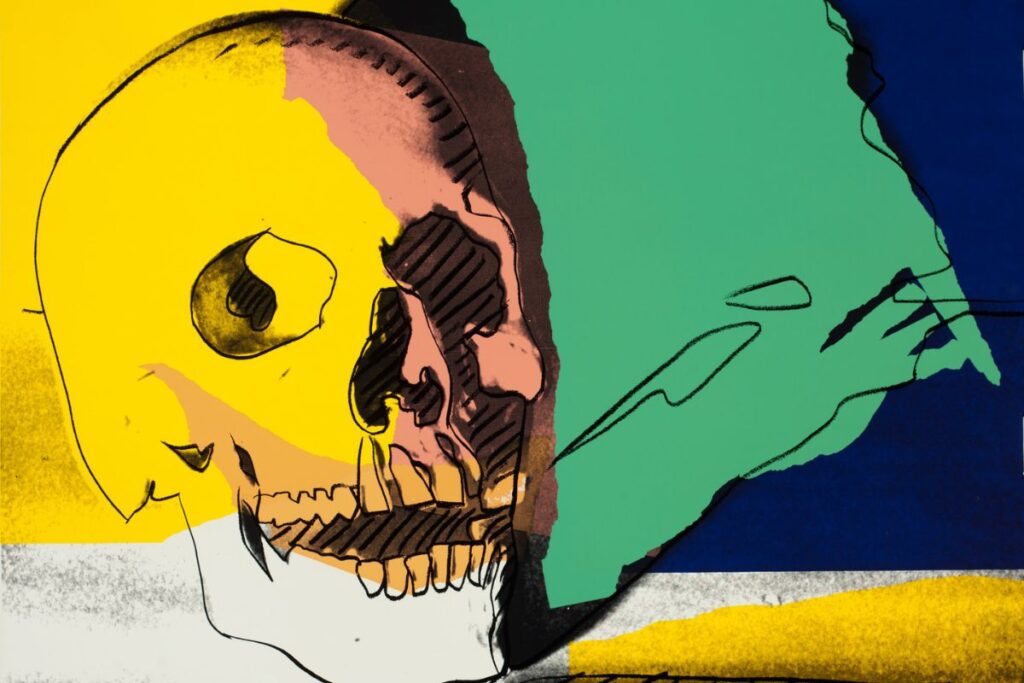
- Visual description: Repeated neon skulls rendered in Warhol’s pop-art style.
- Symbolism: Death becomes mass-produced like consumer goods.
- Modern relevance: His skulls remain icons of pop culture, fashion, and modern art.
18. For the Love of God (2007) – Damien Hirst

- Visual description: A platinum skull encrusted with 8,601 flawless diamonds.
- Symbolism: Wealth cannot escape mortality.
- Modern relevance: It questions capitalism, art markets, and our fixation on luxury.
19. Skull Paintings (1970s–80s) – Jean-Michel Basquiat
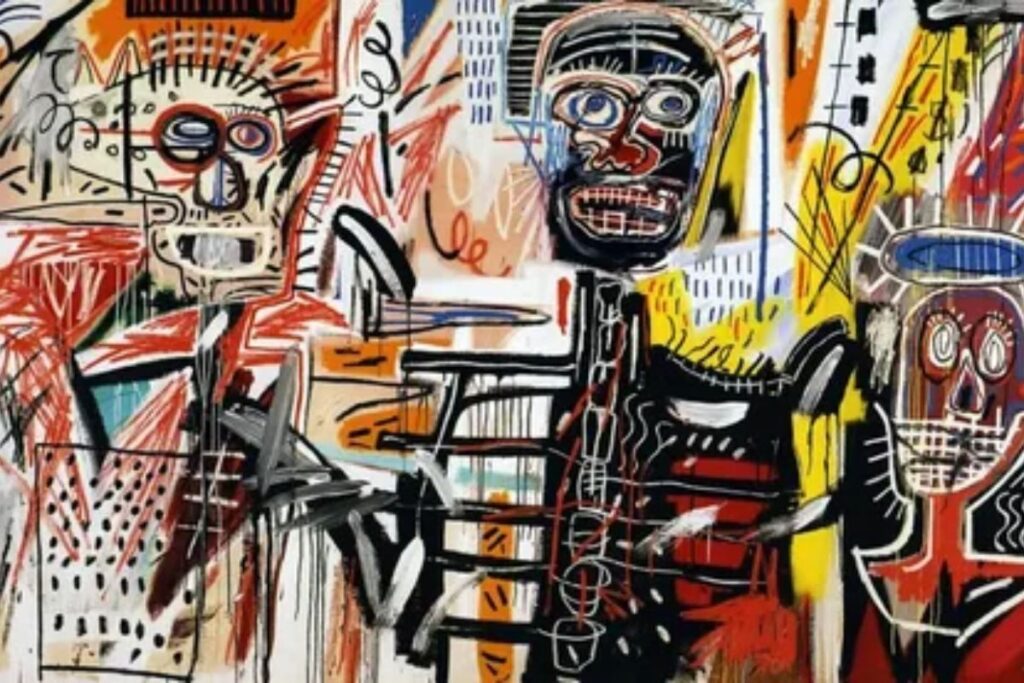
- Visual description: Graffiti-like skulls with vibrant colors and chaotic lines.
- Symbolism: Reflects urban struggle and mortality.
- Modern relevance: His raw style remains a cultural force in music and streetwear.
20. Photography Series “Memento Mori” (1990s) – Joel-Peter Witkin
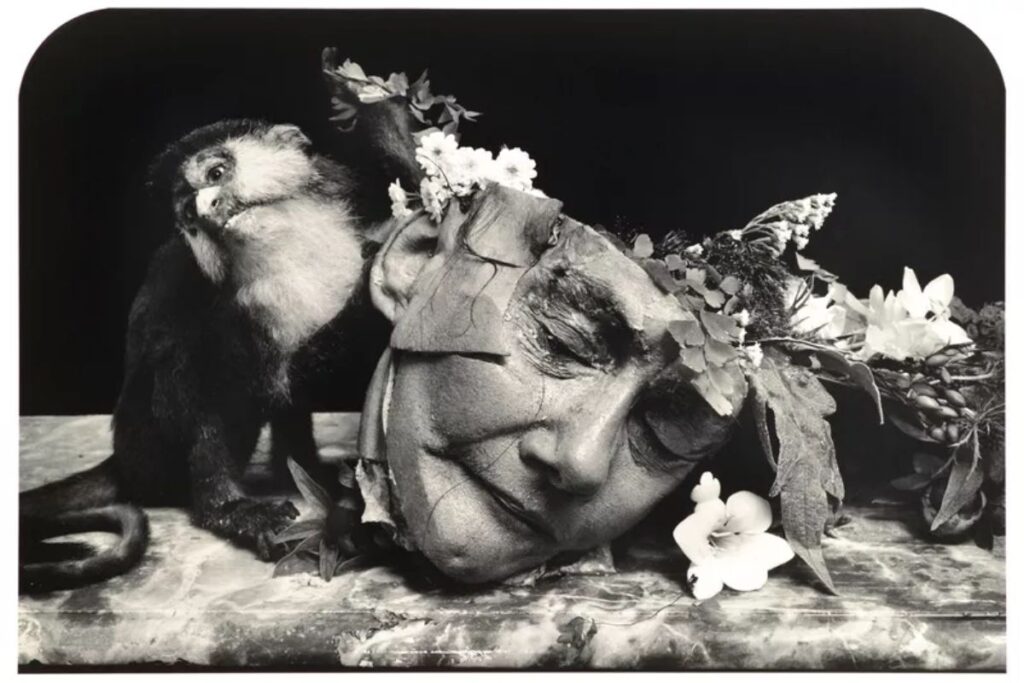
- Visual description: Disturbing staged photos with skulls, corpses, and surreal settings.
- Symbolism: Pushes viewers to confront taboos of death.
- Modern relevance: Influences modern photography and dark art genres.
21. Skulls (Contemporary Tattoo Art)
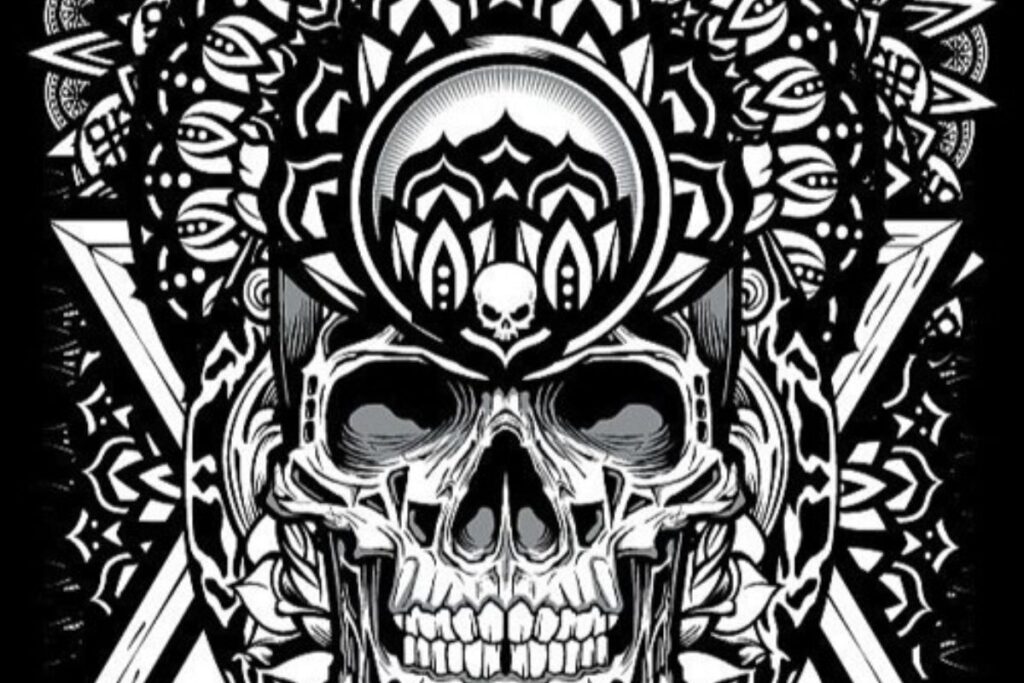
- Visual description: Intricate skull tattoos adorn arms, chests, and backs worldwide.
- Symbolism: Reminds wearers of life’s fragility and resilience.
- Modern relevance: Tattoos personalize the memento mori tradition.
22. Vanitas Digital Art (2000s–present)

- Visual description: 3D renders of skulls, decayed flowers, and melting clocks.
- Symbolism: Old themes in virtual forms.
- Modern relevance: Connects ancient reminders of death to the digital age.
23. Street Art Murals – Banksy & Others

- Visual description: Skulls spray-painted on walls, often with satirical twists.
- Symbolism: Mortality in public spaces forces collective reflection.
- Modern relevance: Urban memento mori artworks shape civic imagination.
24. Contemporary Skull Sculptures – Kaws & Ron Mueck

- Visual description: Giant skulls, exaggerated in color or scale, dominate galleries.
- Symbolism: Magnifies mortality to monumental scale.
- Modern relevance: Public sculptures keep death at the center of cultural dialogue.
25. AI-Generated Vanitas (2020s)

- Visual description: Algorithmic skulls, decaying flowers, and surreal hybrid forms.
- Symbolism: Shows how technology interprets death through data.
- Modern relevance: Brings the memento mori artworks tradition into artificial intelligence.
Common Symbols in Memento Mori Artworks
Throughout history, certain images appear again and again in memento mori portraits and still life paintings. They serve as a visual language of mortality.
- Skulls and Skeletons – The most direct symbol of death, often seen in skeleton art, tombs and coffins, and wax sculptures.
- Hourglasses & Clocks – Representing time running out, a reminder that life is fleeting creating beautiful tableaux.
- Candles & Smoke – An extinguished candle or fading smoke shows life’s impermanence.
- Flowers & Fruits – Wilting flowers, dead flowers, and decaying fruits remind us of fading beauty and pleasure.
The Philosophy Behind Memento Mori
The heart of memento mori art is not despair but wisdom. In stoicism, writers like Marcus Aurelius, Seneca, and Epictetus used the philosophy of mortality to remind people to live with courage and reason. For them, a morbid frame of mind was not unhealthy, but a way to see truth.
Religious traditions also embraced meditation on impermanence. In the Christian world imagery, death was a way to remind the faithful to repent. In Buddhist doctrine contemplation, death was seen as part of a cycle. Japanese kusozu paintings and Islamic traditions also created their own forms of memento mori imagery, each as a powerful motif in art.
Modern Adaptations of Memento Mori in Pop Culture
In today’s culture, the dark subject matter of memento mori art has found new forms. Many people wear mourning jewellery or tattoos of skulls, hourglasses, and gothic symbols. Street artists create macabre style murals, while designers include gothic art in fashion.
On Instagram and in digital art, the contemporary symbolism of skeletons and skulls continues. These modern memento mori artworks show that the morbid twist of old art can still speak in a digital age. Even AI-generated vanitas still life paintings echo the dark romanticism of earlier centuries.
How Memento Mori Art Can Inspire Us
The lesson of memento mori motif is not to live in fear but to live in clarity. By facing death, we become stronger. It is a mortality reminder that encourages us to live well, value relationships, and make use of our time.
The macabre beauty of these artworks teaches us to look at life with deeper eyes. As Marcus Aurelius said, “You could leave life right now. Let that determine what you do and say and think.”
Final Thoughts on Memento Mori Art
Looking at these memento mori paintings, we see a mix of death symbolism and the beauty of life. The haunting memento mori tradition, whether in medieval manuscripts, oil paintings, or modern digital works, remains as relevant as ever.
These artworks remind us of the universal nature of death. They are secular relics that carry lessons across cultures, from Mexican art traditions to European medieval art. By reflecting on them, we realize that life is finite, but also precious.
Which artwork speaks to you the most? Perhaps it is the grotesque subject of a kusozu painting, the elegant compositions of a Dutch vanitas still life, or the unsettling energy of a modern skull sculpture. Whatever it is, let it remind you: “remember you must die” — and so, remember to truly live.
FAQs on Memento Mori Artworks
Q1: What does the Bible say about memento mori?
The Bible frequently reminds believers of mortality. Verses like “Remember you are dust, and to dust you shall return” (Genesis 3:19) embody the spirit of memento mori, urging humility, reflection, and preparation for eternal life rather than attachment to worldly possessions.
Q2: What is an example of a memento mori art?
A classic example is Pieter Claesz’s Still Life with a Skull and a Writing Quill (1628). The skull, candle, and clock symbolize life’s fragility. This vanitas painting conveys that wisdom and reflection matter more than wealth or fleeting pleasures.
Q3: Is memento mori a Catholic thing?
Yes, but not exclusively. The Catholic tradition embraced memento mori during the medieval and Baroque periods as spiritual reminders. Monks, saints, and priests often kept skulls or images as symbols of mortality. However, the concept also influenced Protestant art, philosophy, and modern secular culture.
Q4: What is the full quote of memento mori?
The phrase “Memento mori” translates as “Remember you must die.” While there’s no single “full quote,” variations were used by Romans and early Christians. It’s a philosophical reminder that death is certain, urging people to live meaningfully with faith and moral awareness.
Q5: What is the opposite of memento mori?
The opposite is memento vivere, meaning “Remember you must live.” While memento mori emphasizes mortality, memento vivere focuses on embracing life’s beauty and opportunities. Many modern artists blend both concepts, balancing awareness of death with gratitude for the present.
Q6: Who originally said memento mori?
The exact origin is uncertain, but the phrase stems from ancient Rome. Tradition says slaves whispered “Memento mori” to victorious generals during triumphs, reminding them of human mortality. Later, Christian monks adopted it as a tool for spiritual reflection and humility before God.
If you’re interested in Calaveras in Mexican Art History, be sure to check out our Calaveras in Mexican Art History: Symbolism, Evolution & Cultural Meaning in Mexico to explore more unique and dark options!

